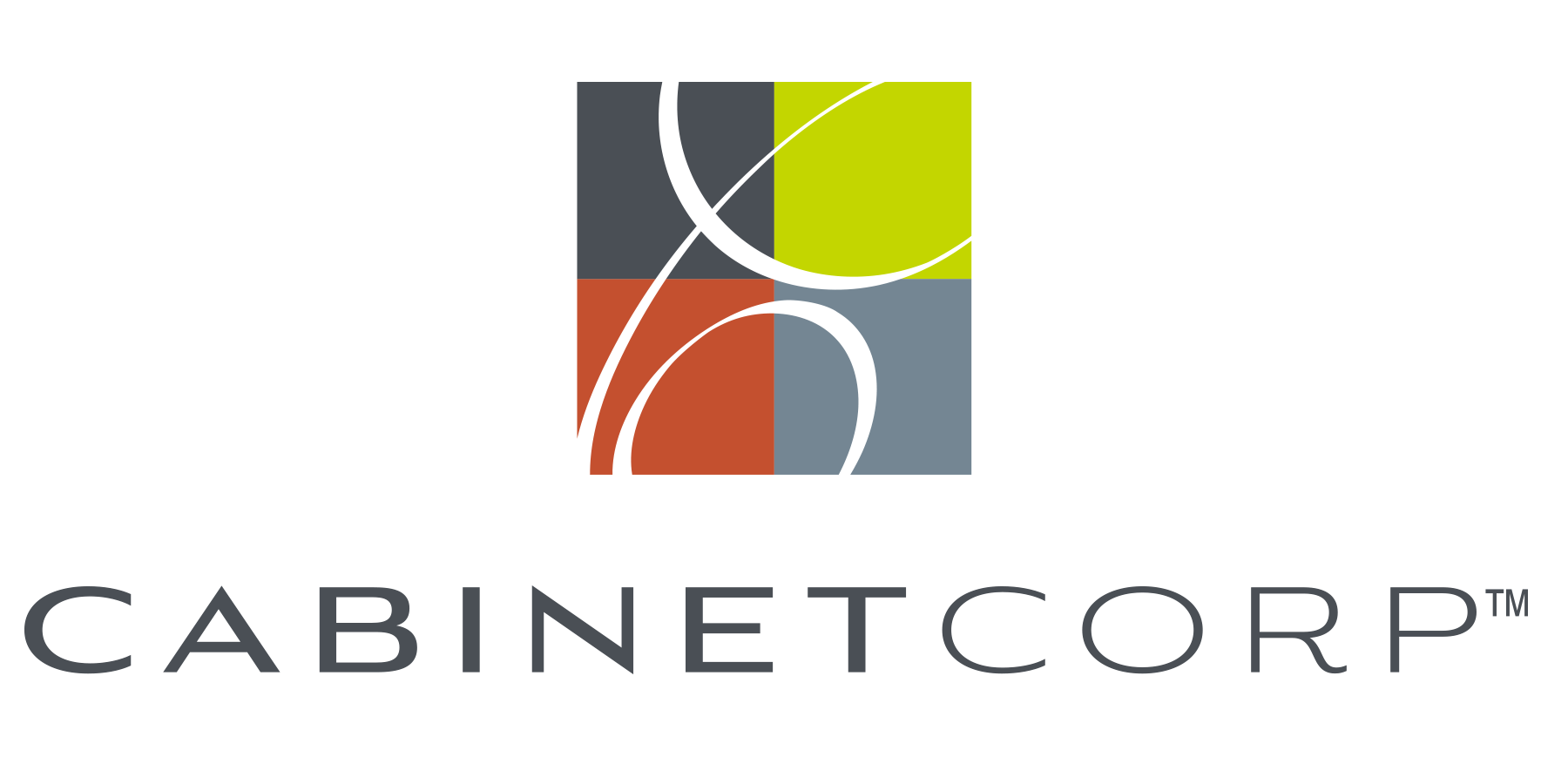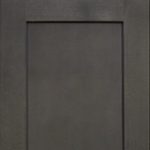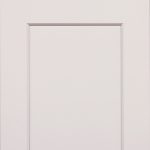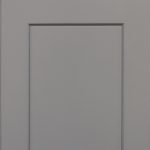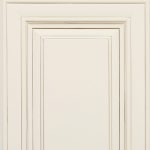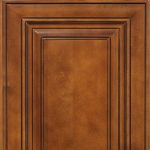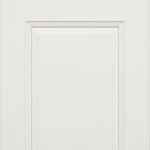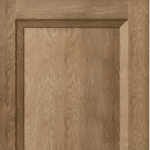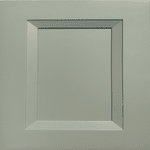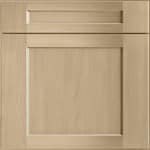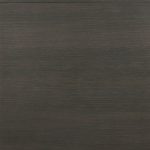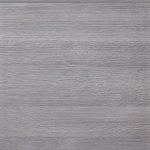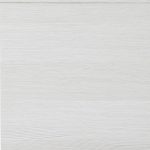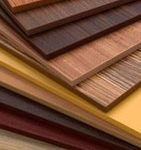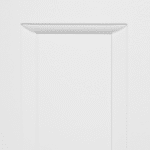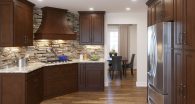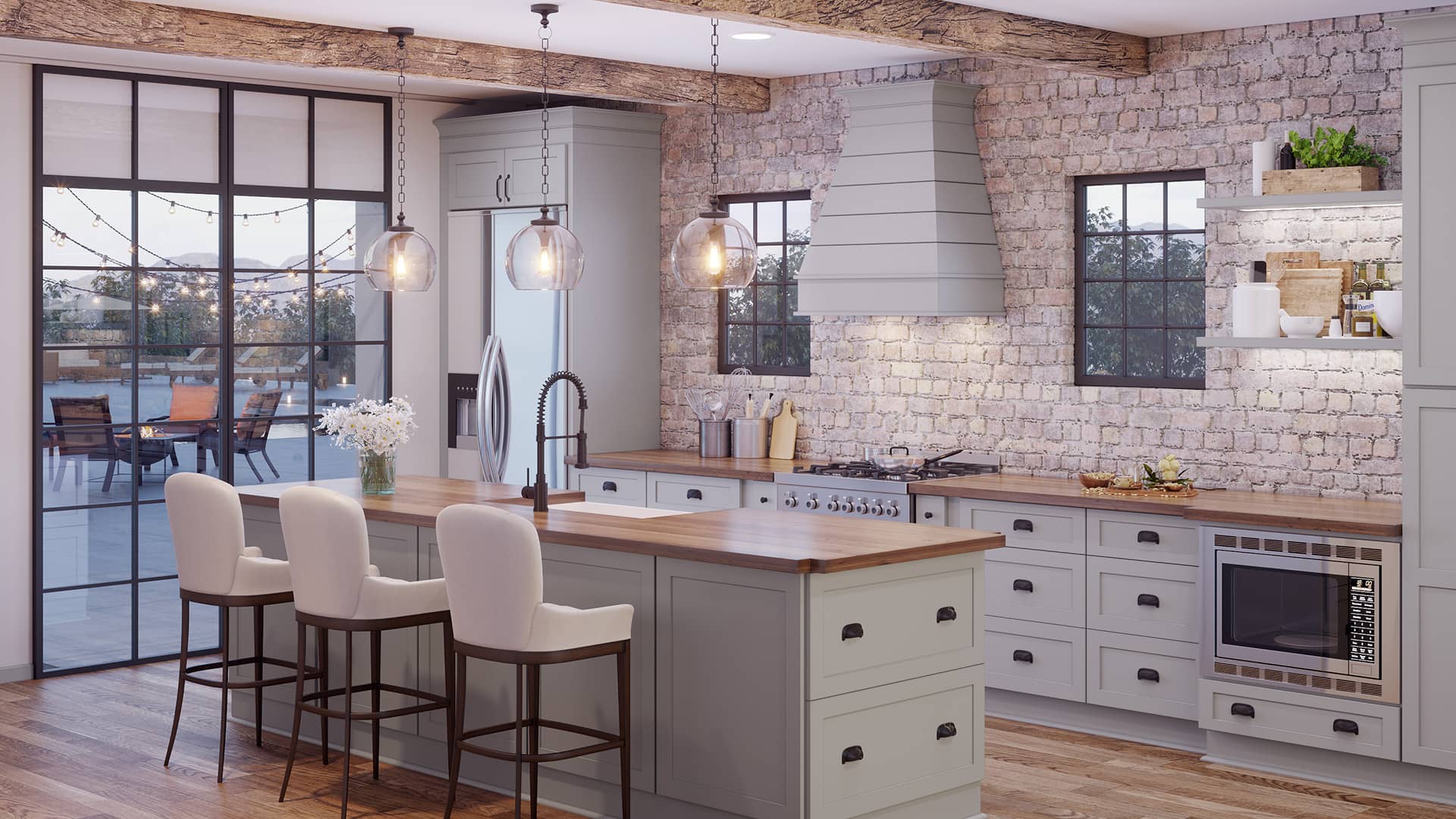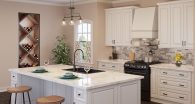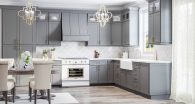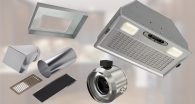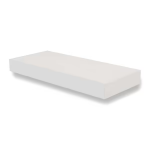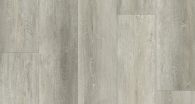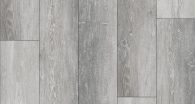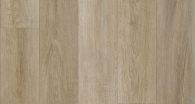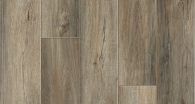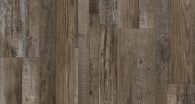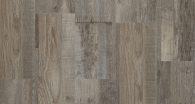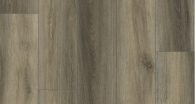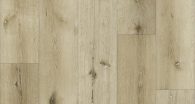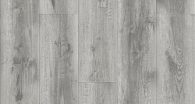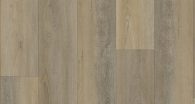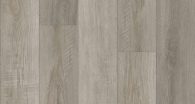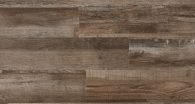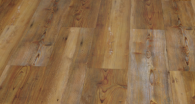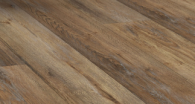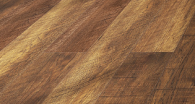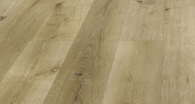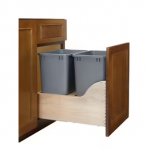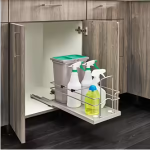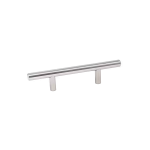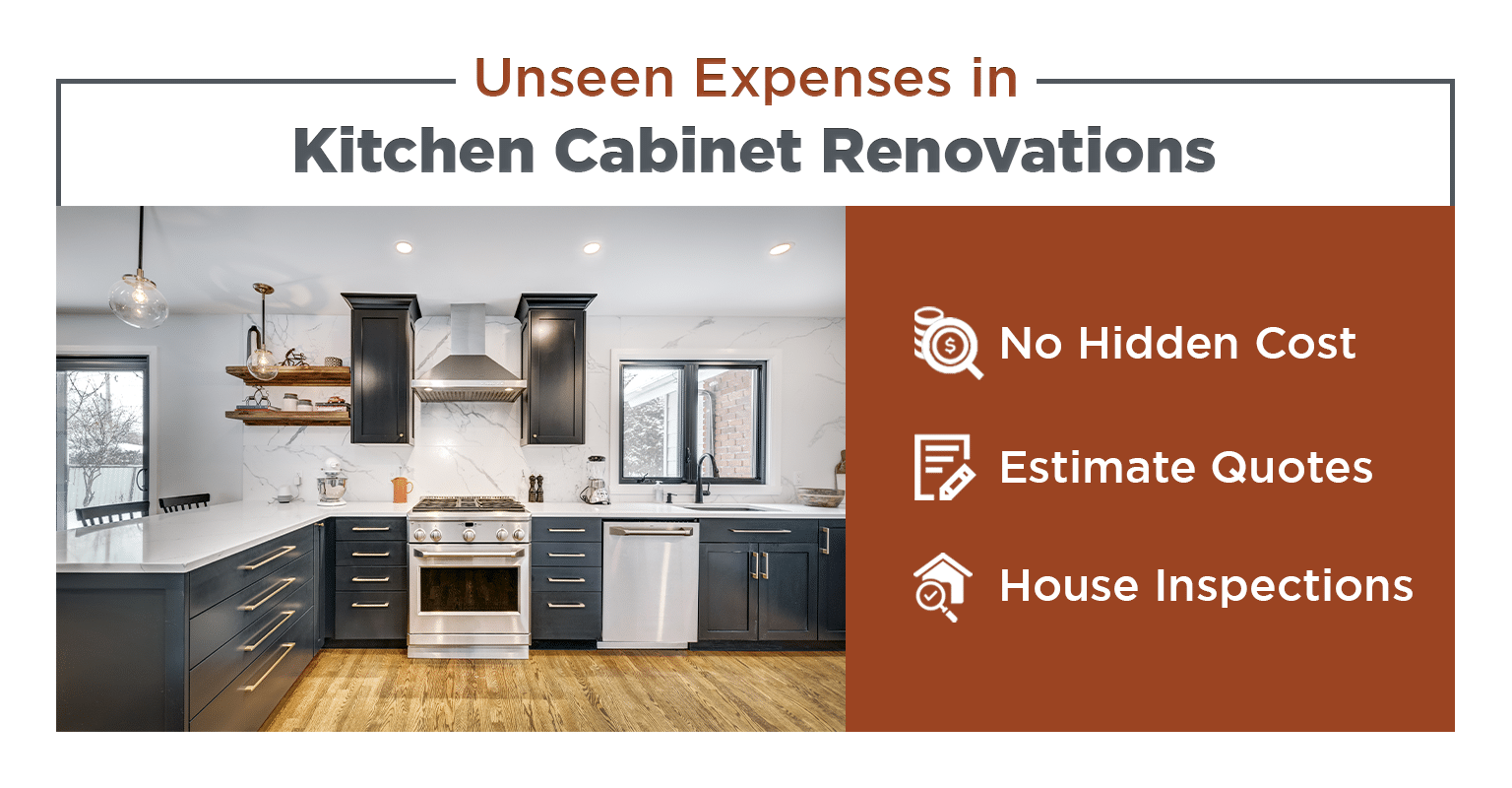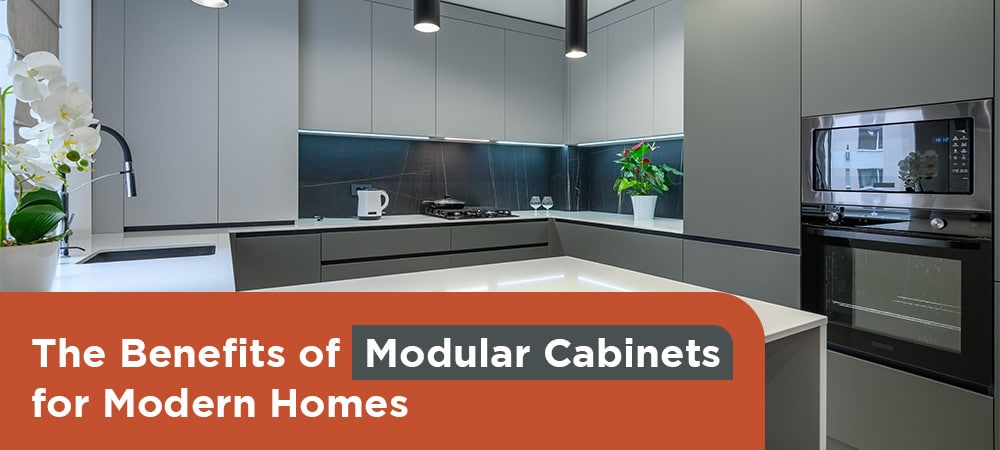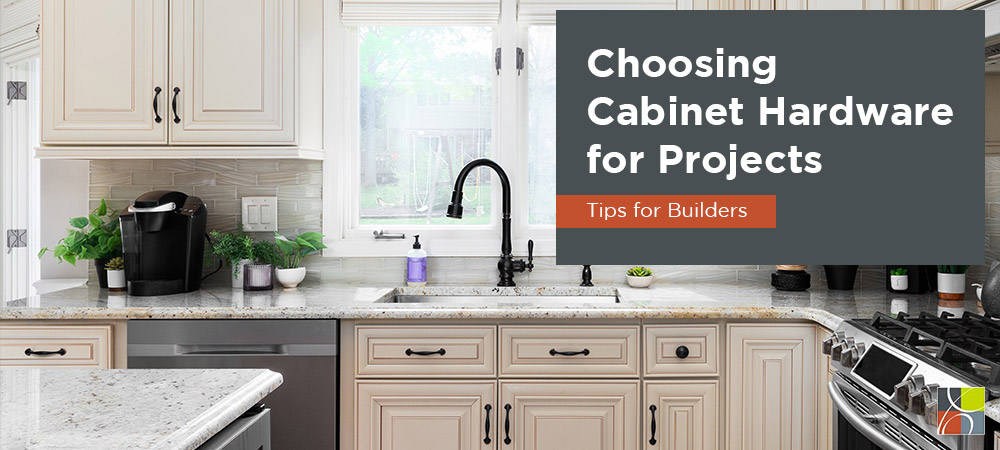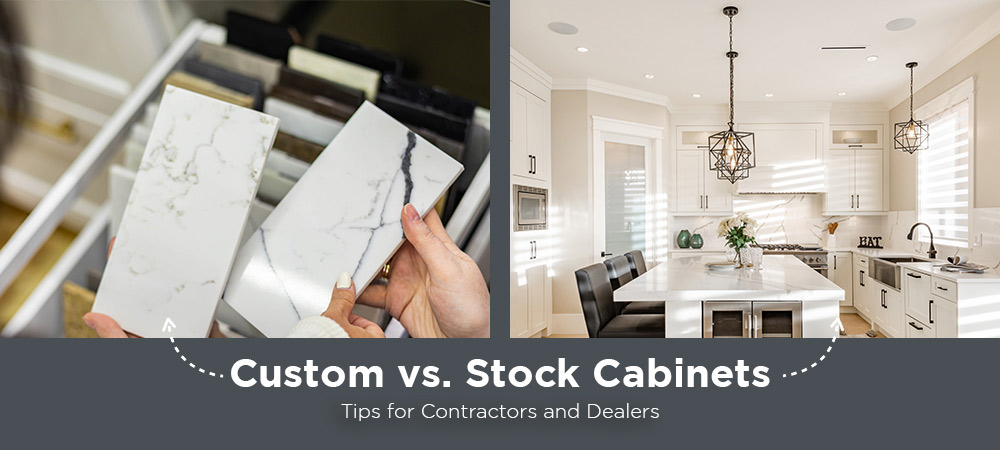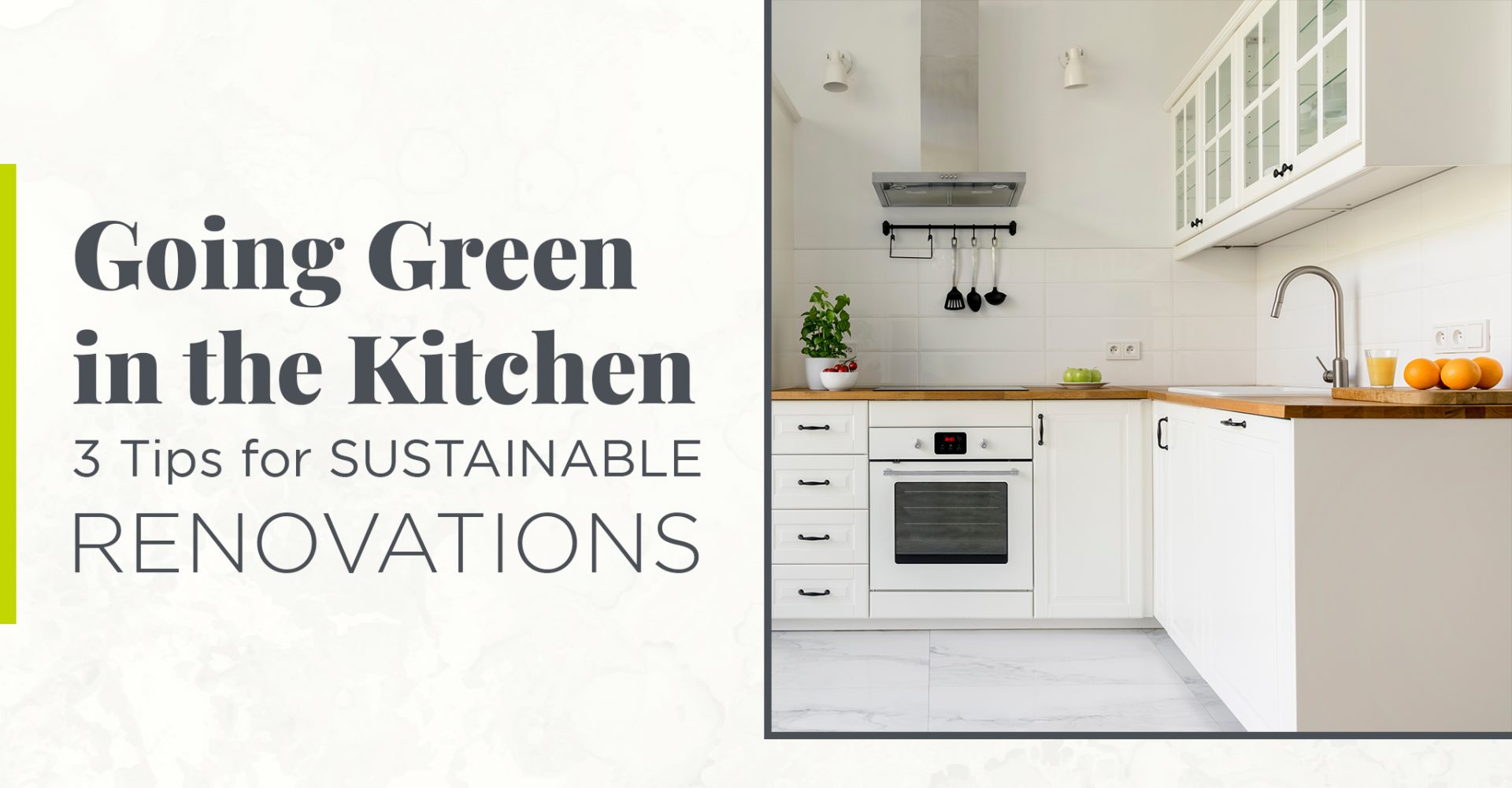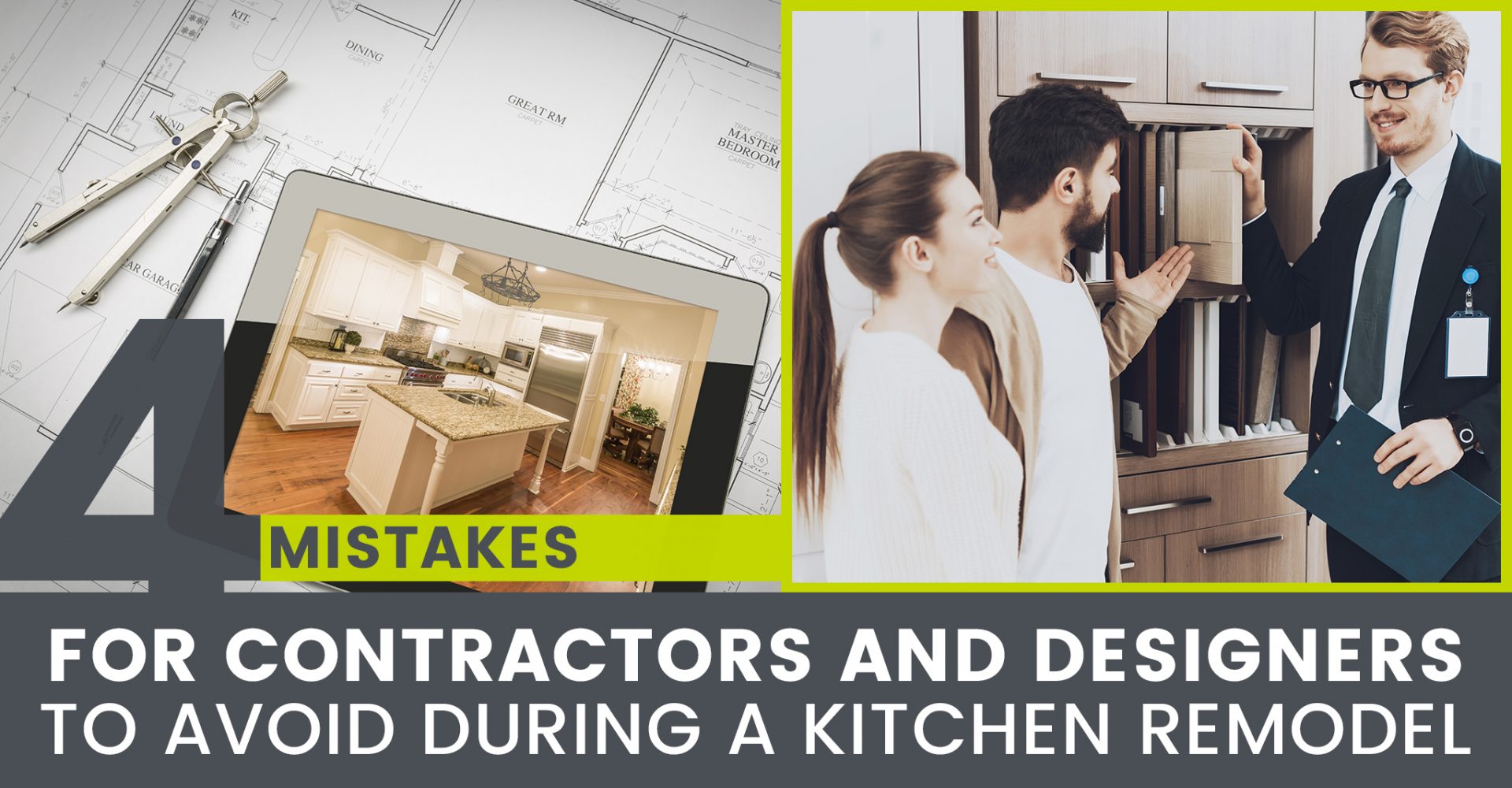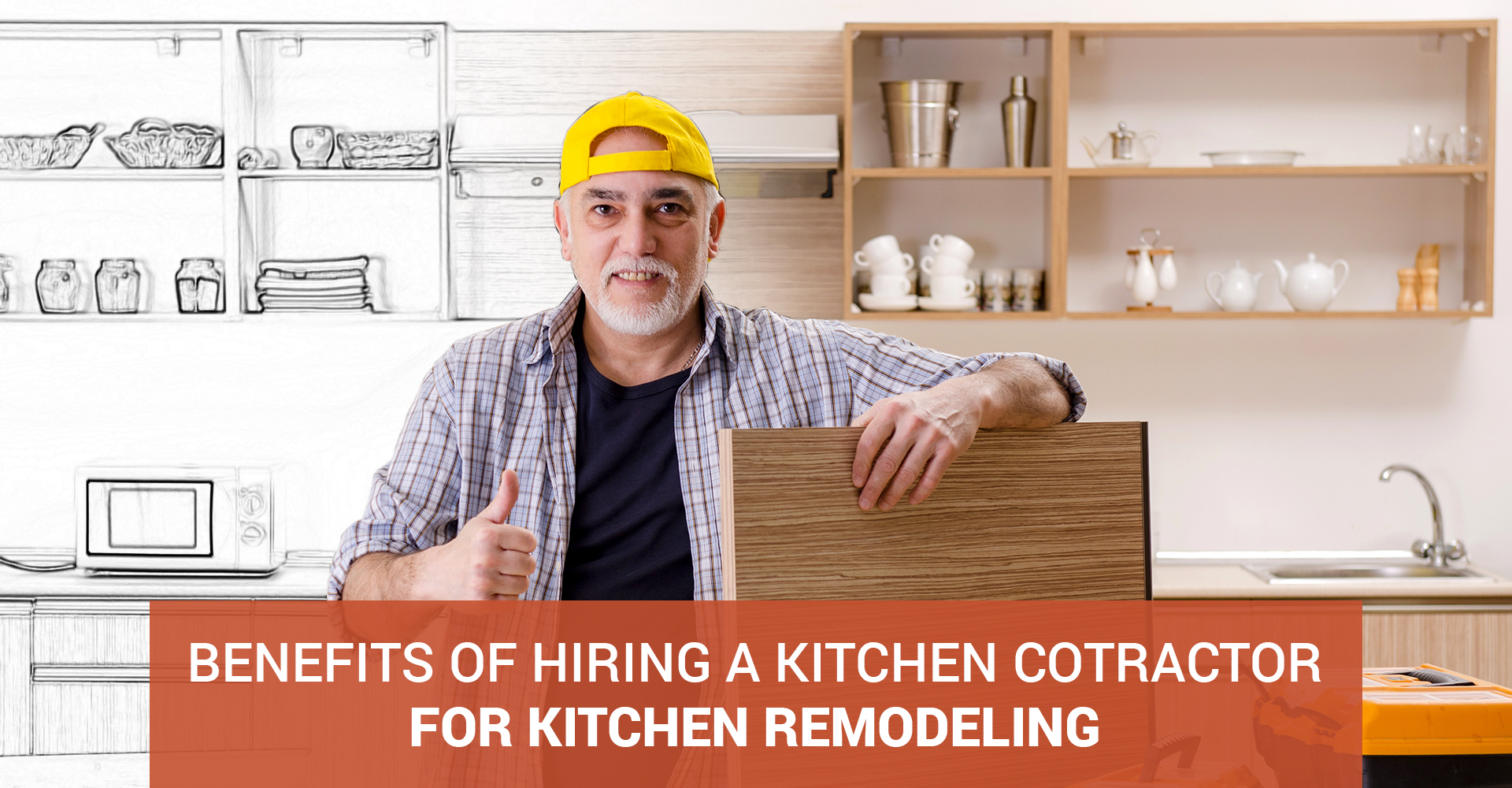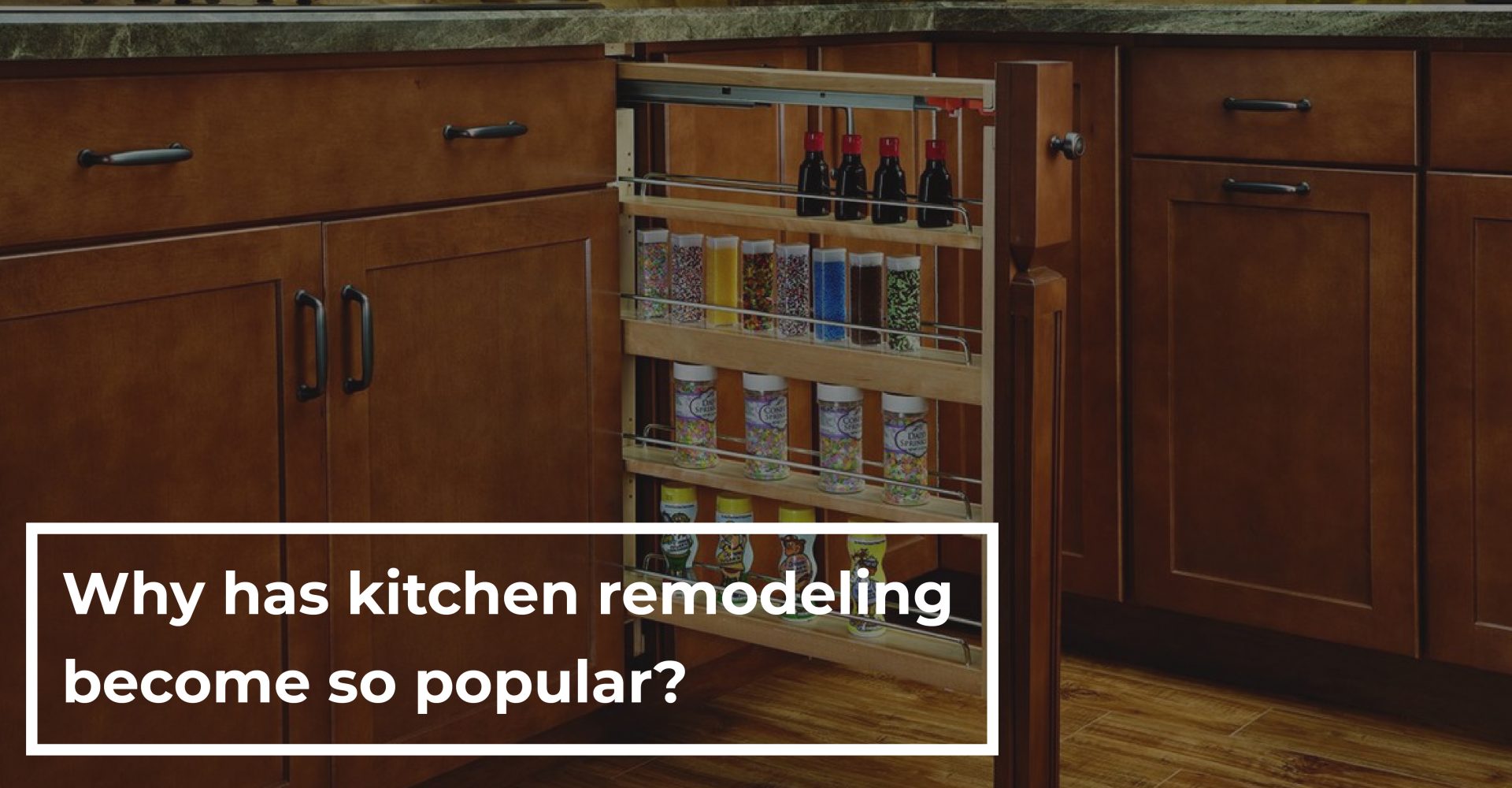You’re planning your dream kitchen with gleaming new cabinets and sparkling countertops. You’ve budgeted for the obvious costs like materials and labor. But before you sign on the dotted line, consider the hidden expenses that can derail your budget. From permit fees to lost time without a usable kitchen, small costs add up. Read on to learn where unexpected charges may come up during a cabinet renovation. With a clear understanding of potential budget-busters, you can plan ahead and keep your project on track financially. We’ll walk through each phase from cabinet removal to installation to reveal the real price tag. Arm yourself with knowledge before the work begins, so your beautiful new kitchen doesn’t come with an ugly surprise price.
Estimating Your Kitchen Renovation Cost
Before diving into details, estimate the basic costs for new cabinets, countertops, appliances, flooring, and labor. Research average prices in your area and account for the size of your kitchen. Don’t forget permits, dumpster fees, and potential plumbing or electrical work. Furthermore, properly measuring your kitchen is crucial for an accurate cabinet order. Even minor errors can lead to expensive mistakes. Consider hiring a professional to ensure precise dimensions for an ideal fit. Decide on must-have luxuries like high-end finishes or appliances, and areas to economize. Quality cabinets are a wise investment, but you may opt for budget-friendly countertops or flooring. Balance splurges and savings to maximize your renovation budget.
Hidden Costs Add Up
- Temporary kitchen setup during construction
- Baseboards, trim, and finish carpentry
- Lighting fixtures and under-cabinet task lighting
- Delivery fees for large appliances or custom orders
- Touch-up painting or drywall repair after installation
Anticipate these sneaky expenses from the start to avoid sticker shock. With diligent planning and open communication with your contractor, you can manage a successful kitchen makeover within your means.
Structural Alterations
For an open-concept kitchen layout, removing interior walls is often necessary. This structural change expands the footprint, allowing for larger cabinetry and island installations. Carefully evaluate load-bearing walls – you may need supplemental support beams if a wall is removed. Conversely, installing new walls segments off spaces like pantries or dining nooks. This requires framing, drywall, electrical rerouting, and finish work – increasing costs. But new walls enable customized layouts tailored to your needs.
Ceiling Height Adjustments: Taller ceilings create an airy, spacious feel. Yet raising ceiling heights involves complex structural modifications. Ductwork, electrical lines, and support beams must be rerouted or reinforced. Lower ceilings may allow for taller cabinets, minimizing this expense.
Plumbing Relocation: Moving major plumbing lines for sinks or appliances adds significant costs. Pipes must be rerouted through floors, walls and ceilings. Minimize relocation to save – only move plumbing if absolutely necessary for the new layout.
Consulting structural engineers ensures code compliance and safety for any load-bearing modifications. With CabinetCorp’s expertise, we guide you through viable structural changes to maximize your dream kitchen’s potential.
Customization
Customizing your kitchen cabinets allows you to create a unique look tailored to your personal style. The seemingly endless combinations of woods, stains, paints, and glazes ensure your cabinets will be one-of-a-kind. Opt for a sleek, modern look with high-gloss acrylics or achieve a warm, rustic vibe with distressed wood finishes. Cabinet features can boost your kitchen’s functionality with clever cabinet accessories like built-in spice racks, pull-out shelves, and recycling centers. These innovative solutions keep essentials within easy reach while maximizing every inch of storage space.
Hardware and Accessories
Updating the hardware on your kitchen cabinets is an easy way to elevate the room’s style. Swap out dated pulls and knobs for modern styles in trendy finishes like matte black or brushed gold. In addition to stylish hardware, functional accessories can transform your kitchen cabinets into an organizational dream. Pull-out shelves and built-in storage racks keep pots, pans and dry goods neatly arranged. With new hardware and smart accessories, basic cabinets become beautiful and highly functional storage solutions.
Distinctive Hardware: Complement your cabinet style with decorative knobs, pulls, and hinges in an array of finishes from brushed nickel to oil-rubbed bronze. These small details add personality and complete the overall aesthetic.
While customization offers limitless creativity, it often comes at an additional cost. Discuss your desired upgrades with your contractor early to understand the budget implications and prioritize must-have features. With some thoughtful planning, you can craft cabinets as unique as your home.
Installation costs
The bulk of installation expenses comes from labor costs. Depending on the size and complexity of the project, professional cabinet installation can range from $80 to $200 per cabinet. Larger cabinets or intricate designs require more time and skill, driving up labor fees. Before new cabinets go in, old ones must come out. Demolition and disposal add $300 to $500 for an average kitchen. Costs increase for complex tear-outs involving electrical rewiring or plumbing rerouting. Additionally, Unforeseen issues like damaged walls, uneven floors, or outdated wiring can significantly inflate the project’s bottom line. Build in a 10-15% buffer to cover potential overages. Homeowners may also need permits for major renovations, adding city fees. With proper planning and realistic expectations, there won’t be any shocking surprises on the final installation bill.
Unexpected issues
Before beginning any kitchen cabinet renovation project, it’s crucial to have a professional inspection done. This proactive step can uncover potential issues lurking behind the scenes, like mold growth, water damage, or structural problems. Addressing these underlying concerns early on can prevent costly delays and additional repairs down the line.
Some common unexpected issues that may arise during cabinet removal include:
- Mold or mildew buildup behind cabinets due to moisture accumulation over time
- Water damage to walls or floors from previous leaks
- Termite or pest infestation in wooden structures
- Electrical or plumbing deficiencies requiring updates
- Structural damage to walls, floors or ceilings that need reinforcement
Identifying and resolving these problems from the get-go allows for proper remediation. This proactive approach helps avoid unpleasant surprises, minimizes project delays, and keeps renovation costs manageable. Invest in an inspection – it’s the smart first step for a stress-free kitchen cabinet makeover.
Inspections and Quotes
Before renovating your kitchen cabinets, it’s crucial to schedule inspections. Depending on the scope of work, you may need permits and inspections from your local building authority. Minor updates like cabinet refacing often don’t require permits. However, major renovations involving structural changes, electrical work, or plumbing typically do. Skipping inspections can lead to costly fines and potential safety hazards down the road. Hire licensed contractors familiar with local codes. They can advise on required permits and handle scheduling inspections.
Getting multiple quotes is key to understanding the true cost of your kitchen cabinet renovation. Reputable contractors like CabinetCorp should provide detailed, written estimates. Review each line item carefully. Look for hidden fees or excluded costs that could inflate the final bill.
It’s important to not just go with the lowest quote. Cheap prices may indicate subpar materials, inexperienced labor, or hidden fees. Compare quotes side-by-side, considering factors like included materials, labor rates, warranties, and project timelines. Ultimately, the right contractor balances quality craftsmanship with fair, transparent pricing. Taking time upfront to vet contractors and quotes helps avoid surprise expenses later.
Kitchen Renovation Cost FAQs
How Much Do New Kitchen Cabinets Cost?
The cost of new kitchen cabinets can vary widely depending on materials, construction quality, and additional features. Basic stock cabinets typically start around $100 per linear foot, while semi-custom cabinets average $200-$600 per linear foot. For high-end custom cabinets, expect to pay $500-$1,200+ per linear foot installed.
Should I Hire a Professional for Kitchen Renovations?
While some handy homeowners can install cabinets themselves, hiring professional contractors is highly recommended for major kitchen renovations. Experienced contractors ensure proper cabinet installation, electrical/plumbing adjustments, tiling, and can navigate building permits. Their expertise prevents costly mistakes. CabinetCorp is a trusted brand for contractors and a one-stop shop for all your home redesign needs!
What Other Costs Should I Budget For?
Beyond cabinets and labor, budget for:
- Backsplashes ($10-$60+ per sq ft installed)
- Plumbing/electrical work ($100-$1,000+)
Renovations often uncover surprises requiring additional repairs. Factor a 10-20% contingency into your overall budget.
Where Can I Buy Quality Cabinets?
CabinetCorp offers premium cabinet lines for contractors and homeowners at wholesale pricing. Visit a local showroom or browse online at cabinetcorp.com to explore styles, get quotes, and schedule installations. Read on for Current Trends in the Kitchen Cabinet Business!
Conclusion
At the end of the day, kitchen cabinet renovations can end up costing much more than you initially budgeted if you don’t account for all the potential extra expenses. Doing your homework upfront and planning for contingencies will help you avoid unwanted surprises. Get quotes for all materials and labor, ask about possible fees and taxes, and include a buffer in your budget for incidentals. With good preparation, you can still achieve your dream kitchen within a reasonable budget. Keep the big picture in mind, do your due diligence, and you’ll be rewarded with a beautiful, functional space you can enjoy for years to come.


